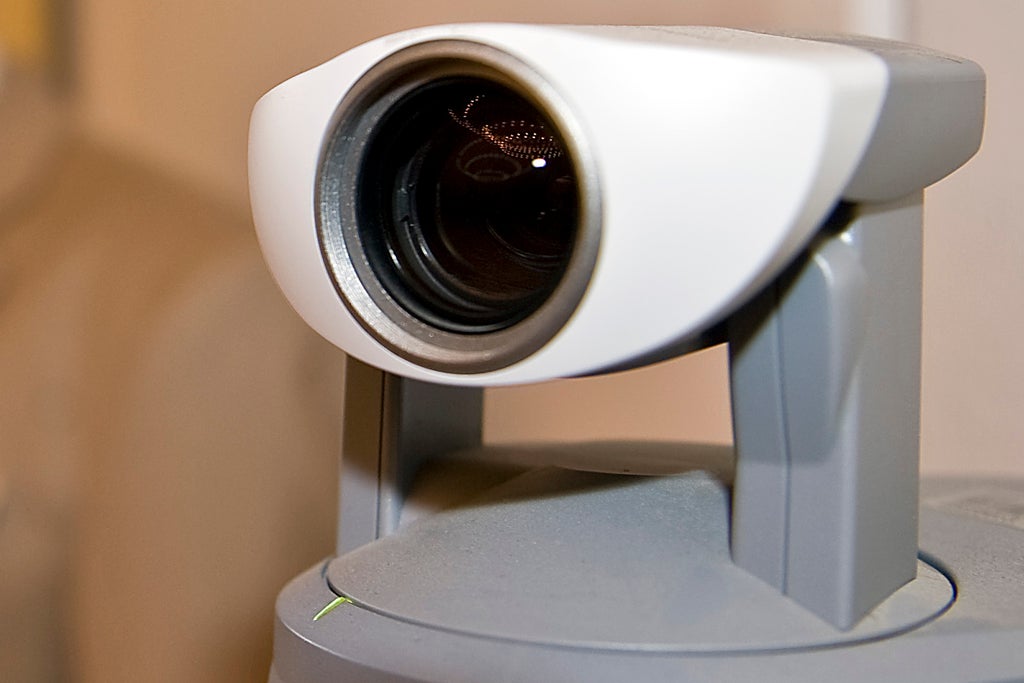
Work teams who communicate over Zoom generate fewer and less creative ideas than those who meet in the office, a new study has found.
Researchers at Columbia University and Stanford University in the US have established a link between how much people look around the room while generating ideas and the quality of ideas they come up with.
The findings, published in the Nature journal, were consistent across both a lab experiment and a field study in an engineering firm with offices across five countries.
In the lab experiments, a group of more than 600 adults were paired up and asked to spend five minutes generating ideas for creative uses for a frisbee or bubblewrap.
They were then instructed to spend one minute choosing the best idea. Pairs were randomly assigned on whether they would work together in person or virtually.
Researchers found that virtual pairs generated “significantly fewer” total creative ideas than in-person pairs.
However, they noted that not all aspects of the ideation process was hindered by video conferencing. They found no evidence that these groups were less effective when it came to selecting the best idea.
Authors of the study said the results were driven by differences in the physical nature of video conferencing and in-person interactions.
“Video conferencing hampers idea generation because it focuses communicators on a screen,” the study said, adding that the effect of this is “not psychologically benign”.
“As virtual communicators narrow their visual scope to the shared environment of a screen, their cognitive focus narrows in turn,” researchers added.
“This narrowed focus constrains the associative process underlying idea generation, whereby thoughts ‘branch out’ and activate disparate information that is then combined to form new ideas.”
Researchers tested this theory in another experiment, which asked 151 pairs to generate creative uses for a product, either in-person or virtually, in a room containing ten props.
At the end of the experiment, participants were asked to recall the props in the room.
They found that those working virtually spend more time looking at their partner and less time looking at the surrounding room and could recall fewer products.
Groups who worked together in person spent more time looking around the room, could recall more props. Importantly, researchers found that both factors were ”significantly associated with an increased number of creative ideas”.
Study author Melanie Brucks, an applied psychology professor at Columbia University’s business school, commented: “They [the virtual groups] were too focused on specifically the task at hand and that made them narrower in their thinking.”
Adam Green, a psychology professor at Georgetown University, who wasn’t part of the research, suggested this is because faces draw our focus.
“Faces really matter to our brains and we devote a lot of attention to looking at faces,” Green said.
“When we are with someone in person, it is not considered polite to stare directly at their face for an extended period of time.”
The findings were further tested among a group of 1,409 engineers at a multinational telecommunications infrastructure company.
After taking part in an idea-generation workshop for one hour, the engineers who worked on the task virtually generated fewer total ideas than in-person pairs.
Additionally, in-person teams had a significantly higher top-scoring idea in their generated idea pool.







